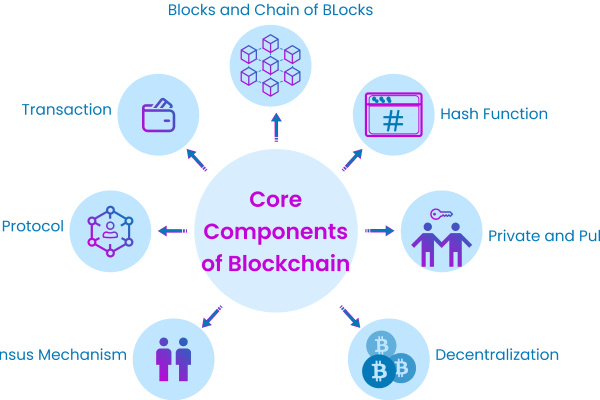As the blockchain industry expands, interoperability between different cryptocurrency networks has become a crucial capability. Bridges facilitate the transfer of digital assets and data across chains, underpinning an interconnected ecosystem.
This article explores leading blockchain bridge solutions making cross-chain interactions possible and seamless for end users.
Introducing Cryptocurrency Bridges
A blockchain bridge functions as infrastructure integrating distinct cryptocurrency protocols to enable communication between them. For example, a bridge allows moving ERC-20 tokens from Ethereum over to Tron in the form of equivalent TRC-20 assets usable on that chain.
Without bridges, cryptocurrency networks exist in isolated silos unable to interoperate. Bridges thus fill a critical technical gap that makes the overall blockchain ecosystem more accessible and user-friendly.
Prominent Cryptocurrency Bridges
Some most widely used blockchain bridges driving interoperability today include:
Defi Way – Novel bridge less reliant on intermediary hops and proxy tokens, using direct atomic swaps methodology for asset transfers between blockchains.
Wormhole – A high throughput bridge connecting Solana with Ethereum for transferring NFTs and tokens across the two chains. Uses guardian network for security.
Axelar – Deploys a decentralized network of validators to offer cross-chain communication between 20+ chains like Terra, Avalanche, Fantom etc.
Synapse – The leading bridge enabling seamless cross-chain liquidity between major DeFi ecosystems like Ethereum, BSC, Polygon and Avalanche.
There is also growing development around bridges tailored for enterprise blockchain connectivity, central bank digital currencies, and layer two networks.
How Do Blockchain Bridges Work?
The underlying bridge mechanism involves smart contracts deployed independently on each blockchain. These escrow and lock assets while its counterpart verifies the bridge transfer is legitimate before releasing funds on the other side.
Validators monitor network activity to prevent exploits. Encoding schemes attach metadata so that bridged assets retain credibility and history when ported across chains.
For users, bridges provide simple interfaces like apps and browsers leveraging this backend infrastructure to enable seamless cross-chain fund transfers.
Defi Way’s Distinct Bridge Approach
The recently launched Defi Way bridge stands out from typical blockchain bridges with its innovative trustless atomic swap methodology. This uses clever cryptographic techniques to exchange assets directly between users on either chain without liquidity pools or proxy tokens.
Benefits over conventional bridging include fewer security assumptions, direct asset transfers without intermediary hops, and lower slippage from avoiding pooled liquidity mechanics. Defi Way currently enables native BNB swaps between BSC and Avalanche, with plans to expand asset and chain coverage.
Its atomic swap bridge architecture sets a new standard for decentralized interoperability focused on the end-user control experience rather than complex validator mechanisms. An intuitive interface will make trustless cross-chain trading accessible for regular cryptocurrency adopters.
Realizing the Full Potential of Cryptocurrency Bridges
As blockchain platforms specialize into niches like decentralized finance and NFT-based metaverses, bridges are crucial for connecting these disparate domains into an integrated ecosystem.
Yet the bridging industry is still held back by security tradeoffs, dependence on proxy assets, liquidity fragmentation, and suboptimal UX. As standards get formalized, next-generation bridges aim to change this.
Emergent solutions like Defi Way signal the incremental innovations possible in blockchain interoperability infrastructure. The long-term vision entails frictionless value portability between hundreds of specialized blockchains interlinked by bridges.
This dynamic network of chains and bridges underpins the foundation for Web3 and its continuity with existing finance – from decentralized exchanges to central bank infrastructure. Cryptocurrency bridges are positioned at the forefront of turning this vision into reality by tackling tough problems in cross-chain capital flow.





